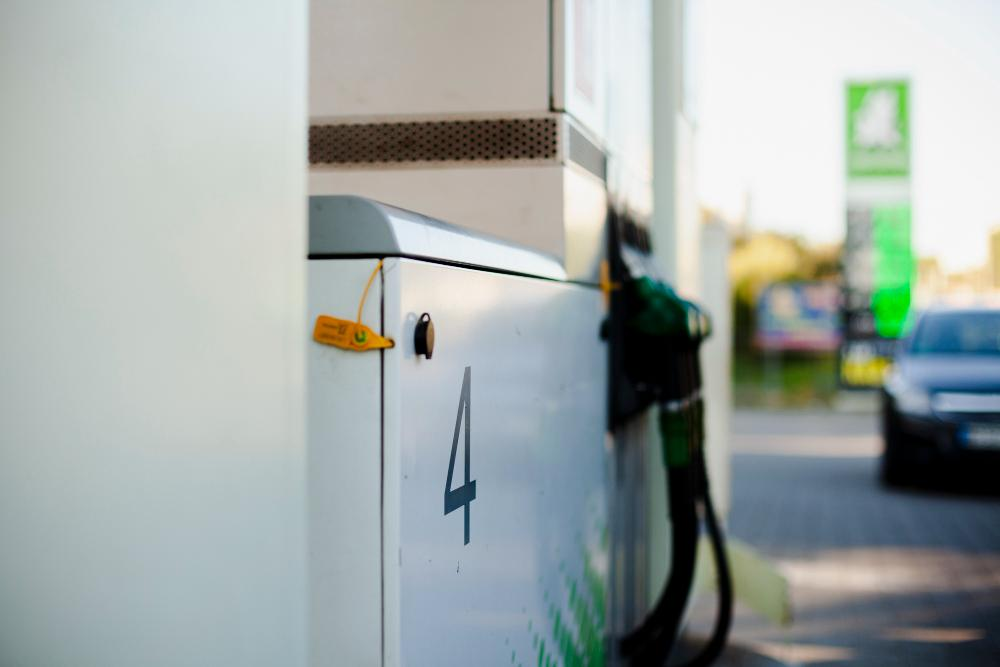If you’re running a fleet, you already know that time and fuel are two of your biggest expenses and headaches. Drivers waiting at the pump, inconsistent receipts, and extra wear on trucks just to top off a tank are bothersome problems that chip away at your bottom line day after day.
But what if those fuel station hassles could disappear? No more downtime at gas stations, refueling after-hours, surprise mileage or undocumented transactions.
For fleet owners and managers searching for a way to get more out of every mile, on-site fueling allows you to do that without pushing your drivers any harder. When the fuel comes to you, you save time and labor, plus uncover the savings you never even knew you were losing.
Here's a closer look at how one simple switch to on-site fueling services equals real, measurable improvements across your entire fleet operation.
1. Eliminate Fuel Station Trips
There's nothing efficient about pulling a loaded vehicle off-route just to fill up. Those miles add up. A quick 15-minute fuel stop easily turns into 30 minutes when you account for traffic, waiting in line at the pump, and post-fueling receipts.
Multiply that by the number of drivers and days in a month, and it becomes apparent how much time is being sacrificed.
On site fueling changes the equation entirely by removing those trips from your schedule. Rather than having your vehicles refueled during their active working hours, they get topped off while they're down, be it overnight, early morning, or any other time they are parked.
Ultimately, your drivers start their day with full tanks and a clear route ahead. No detours, no wasted motion; just work.
The best part is that you’re in control of your schedule again. No or fewer disruptions mean stricter delivery windows, better service times, and no pressure on drivers.

2. Significantly Reduce Labor and Administrative Costs
Managing fuel purchases manually is a full-time job. Collecting receipts, verifying mileage, auditing expenses is all time-consuming and leaves room for human error. Whether you’re using fuel cards, or logs, these systems add complexity and risk to something that should be simple.
With on-site fueling, you receive digital reports that outline how much fuel was added to each piece of equipment, at what time it was fueled, and by whom. There are no paper receipts or missing transactions. Everything is automated and integrated with your fleet.
But it’s not just your yard that reaps the rewards of this data; your back office does as well. Access to accurate, detailed data allows you to reconcile fuel burns without headaches over discrepancies in data.
You can more easily see where there may be inefficiencies in your operations or if particular assets are burning an abnormal amount of fuel. All this means less manual paperwork for you – but even better, it keeps you abreast of potential problems before they spiral out of control!
3. Enhances Fuel Security and Accountability
Fuel theft is more common than most fleet operators care to admit. And it doesn't always take the form of siphoning—it can also be inflated fuel receipts, unauthorized refueling, or even using company fuel for personal errands. These losses are virtually impossible to detect and harder to prove unless you've got a system that tracks every drop.
That’s one of the hidden benefits of on-site fueling. When a technician fuels your vehicle, the transaction is recorded immediately with GPS location, date and time stamp, and volume. That level of accountability leaves no doubt or opportunity for misuse. There are no fuel cards to share or paper trail to pad.
With every gallon of gas accounted for, drivers and employees are honest, and the bottom line is safe. Also, accurate records make it easier to keep vendors and employees honest and track usage patterns that could indicate engine problems or unnecessary miles. It makes your fuel management a lot tighter and safer.

4. Helps Improve Operational Efficiency
Fueling may be a small part of your day, but it touches every aspect of your business. When you remove fueling from your to-do list, the impact is enormous. Trucks are ready faster, routes begin on schedule and drivers wait less.
Many onsite fueling services offer a reporting dashboard, some even automated and real-time. This visibility across your entire fleet allows you to uncover vehicle performance issues, manage fuel economy, and trend past costs. Instead of waiting for something to break or become an issue, you monitor and prevent it.
The reliability of knowing you are always fueled up, in compliance, and ready to run can't be measured. But it's obvious when things don't go wrong as often anymore, deliveries are made easier and within the scheduled timelines, and clients are happier.

Final Thoughts
Fueling shouldn’t be a task your team has to manage—it should be a service that supports your goals. When you look at the time savings of on-site fueling, it’s not just time at the pump—you’re eliminating inefficiencies you’ve been paying for, sometimes unknowingly, for years.
The benefits stack up fast, from tighter schedules to cleaner reporting, improved security, and less wear on your fleet. Many on-site fueling service providers also give you total fuel management control without extra work for drivers or the back office. The result is faster, leaner, and more predictable fleet operations.